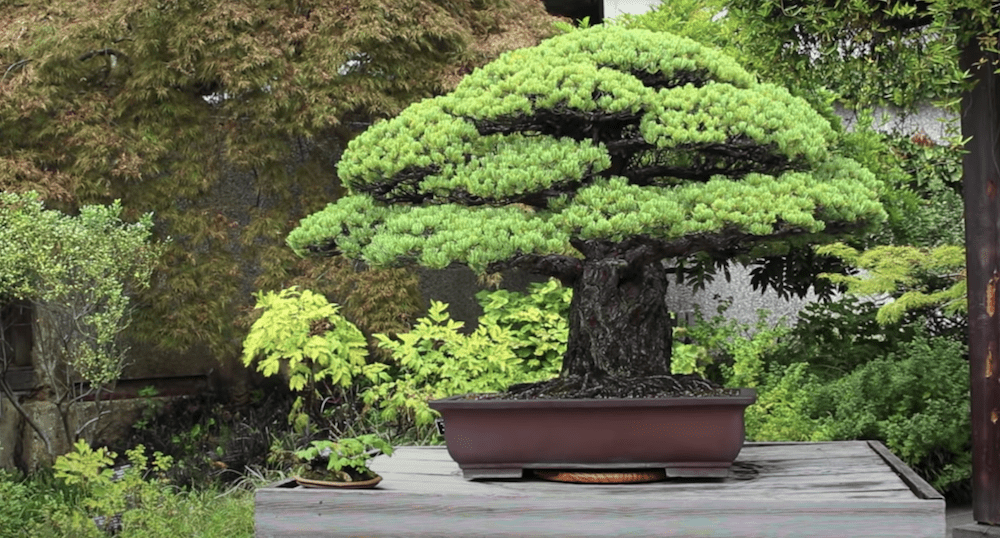Since 1976, a Japanese white pine bonsai tree has resided proudly in the National Arboretum in Northeast Washington.
For almost 50 years it has stood quietly amidst the rooms of other Bonsais, relatively unnoticed, until now.
Donated by bonsai master Masaru Yamaki as “part of a gift to the United States for its bicentennial” the incredible past of this miniature tree had been a mystery.
In 2001, Yamaki’s grandchildren, Shigeru and Akira, came to the visit the museum and unveiled the history behind the now famous topiary.
The bonsai, having already surpassed its expected lifespan, is not only the oldest in collection (at almost 400 years old) but it also survived the blast radius of the atomic bomb, ‘Little Boy’, dropped on Hiroshima, during WWII.
This story of survival is more than miraculous, considering accounts attest to the fact that everything within miles of the blast zone was instantly incinerated.
Jack Sustic, the bonsai’s curator, told The Washington Post that location was the determining factor in the survival of the legendary tree. “It was up against a wall. It must have been the wall that shielded it from the blast.”
“One of the things that makes it so special is, if you imagine, somebody has attended to that tree every day since 1625,” Sustic said. “I always like to say bonsai is like a verb. It’s not a noun; it’s doing.”






